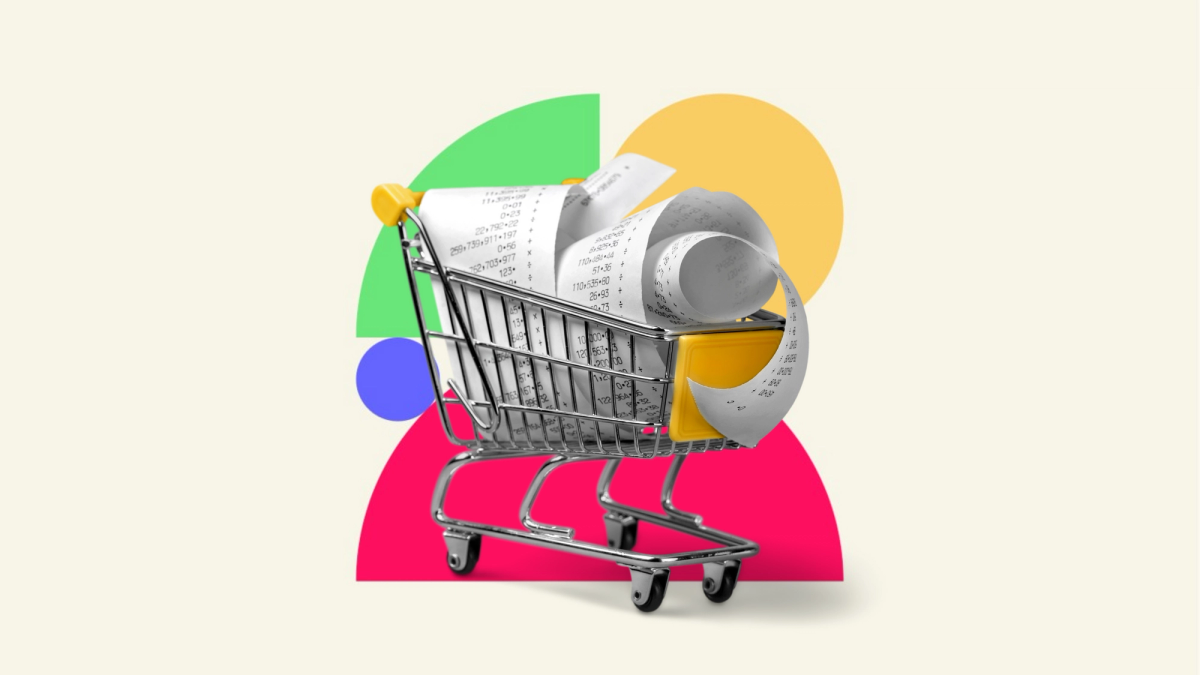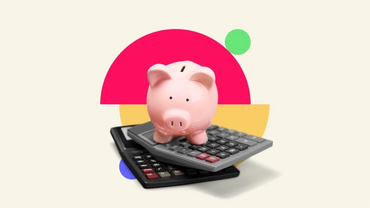The Beginner’s Guide to Budgeting in 2025: Easy Budgeting Methods That Work
By Boring Money
30 April, 2025
If you're wondering how to start budgeting or are looking for smart money management tips, you’re not alone - and you’re definitely not late to the party. Budgeting is one of the most effective ways to reduce money stress, build savings, and feel in control of your finances.

Whether you're trying to save money for a house, pay off debt, or just stop wondering where your salary went by the 15th, a clear budget is the place to start. And no, it doesn’t have to mean cancelling every coffee or night out.
How to start a budget
Every good budget starts with the same foundation:
Know how much money you have coming in (after tax)
Know where that money is going
Make a plan for what’s left over - or what you wish was left over
Start with the truth - not hopeful guesses. Look at your bank statements from the last few months and break down your spending into categories. Use an average month (not December, or that week you went feral in IKEA!).
Starting a budget: A step-by-step guide
Every budget begins with two simple (but essential) steps: understanding your income, and tracking your spending. Here’s a simple breakdown to help you make sense of your numbers.
1. Work out your income
Add up:
Your monthly take-home pay (after tax)
Any side income (freelance gigs, child benefit, rental income)
Income from investments (dividends, interest, etc.)
Stick to net income - what actually lands in your account.
2. Track your spending
Look at your bank statements for the past 2–3 months and break down your expenses into three categories.
Essential spending (non-negotiables)
Non-essential spending (a.k.a. “stuff that makes life fun”)
Savings (or, “future you will thank you”)
3. Use a planner to stay organised
Use a spreadsheet or printed planner if that helps you focus - click the link below to download a free spending planner from GroWiser Financial Planning. Reviewing it monthly (not just when the bank sends you a scary alert!) is the real secret to success.
Three top budgeting methods
There’s no one-size-fits-all budget. The best method is the one you can stick to. Here are three tried-and-tested approaches that help real people stay in control.
1. Jam jar budgeting
This classic method helps you divide your money into clear categories - just like jars of cash on a shelf. Traditionally, you’d put actual cash into labelled jars (rent, bills, food, fun, etc) at the start of each month. When the jar’s empty, no more spending in that category. Simple as.
2. 50/30/20 budgeting
This simple rule of thumb helps you divide your income into three manageable chunks:
50% on needs – essentials like rent, food, bills, transport
30% on wants – lifestyle spending like meals out, hobbies, holidays
20% on savings – building your emergency fund, investing, or paying off debt
You can set up standing orders for savings, and track the other two categories using an app, a spreadsheet, or by reviewing your banking app regularly.
3. Pay yourself first budgeting
Rather than saving what’s left at the end of the month, this method flips the script: you save first, then spend the rest.
Why it works? You prioritise your goals and protect that money from being accidentally frittered away. You can even automate the process by setting up a standing order on payday to your chosen savings or investment account to make it that bit easier - and no excuses!
Final thoughts: Don't let budgeting be a buzzkill
Budgeting doesn’t mean saying no to everything fun. It means being able to say yes to the things you really want, and knowing you can afford them. So whether you go full spreadsheet nerd or prefer a more relaxed method like 50/30/20, the key is this: get started, stick with it, and review regularly so you can adjust as life changes. You don’t need to be perfect. You just need a plan.






